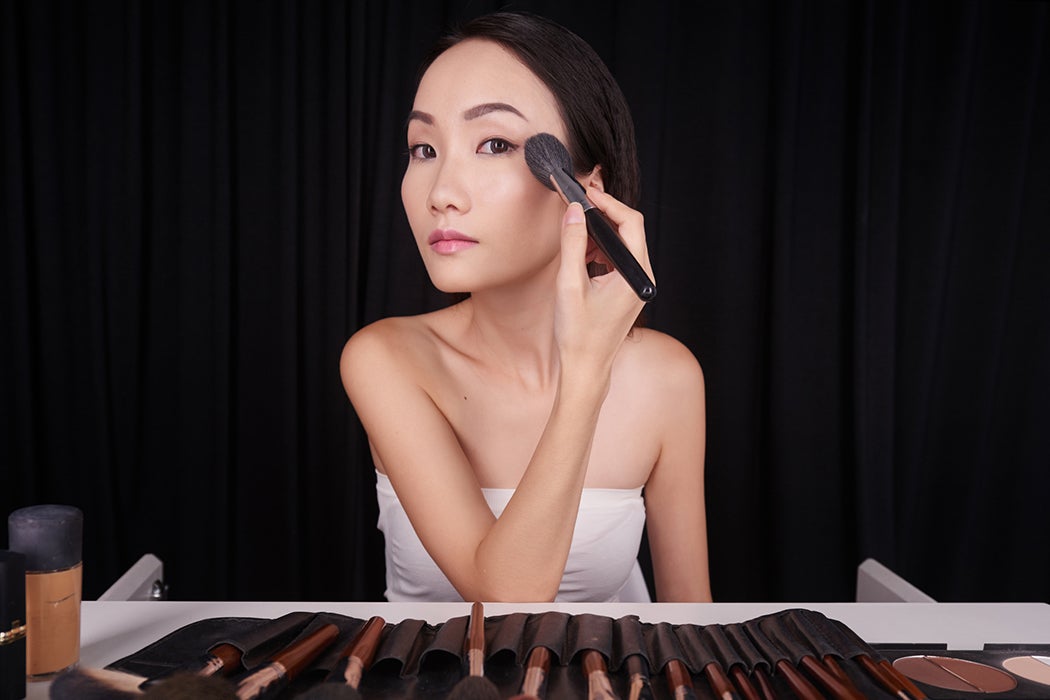YouTube brims with challenges where people apply foundation using unlikely applicators (think eggs and condoms). Instagram is cluttered with swatches and picture-perfect looks. Makeup has become a huge industry–and a phenomenon for people dying to show off their technique or dish about the newest palette or sheet mask. But is it possible to enjoy the practice of beautification and be feminist at the same time? Scholar Ann J. Cahill has her doubts.
Cahill dives into the tricky issues of beauty and feminism in a male-dominated society. Is beautification oppressive or liberating? “Under what conditions,” she asks, “can feminine beautification practices escape the workings of patriarchal power?”
Though women can enjoy the process of beautifying themselves, says Cahill, it’s impossible to escape the objectifying male gaze. Though a woman may revel in her contouring or matte lipstick, it turns into a tool for men the minute the male gaze hits it. “The stereotypical male gazer,” she writes, “takes in the sight of the beautified woman and sees only the surface.” This occurs regardless of the intention behind the makeup or the woman’s own pleasure.
But when Cahill watches women helping one another prepare for a wedding, she discovers an alternative view. The artistic aspect of beauty—selecting the right brush, arranging hair just so, finding the right palette of colors—moves into the forefront. The act of beautification can also become a way in which women care for themselves and others. Freely chosen acts of beautification become an act of pleasure for the woman, not the male gaze. “Only when beautification meets this condition,” argues Cahill, “can it hope to escape the mantle of social coercion.”
Cahill suggests that to determine whether a beauty ritual is being undertaken for self or others, one can ask: does it hurt? Painful cosmetic procedures, for example, suggest that a woman may not have as much choice as she claims. Though this is not true in all cases, says Cahill, it suggests a kind of litmus test for beauty—is suffering happen for the sake of beauty, or for the sake of being considered beautiful?
Writing in 2003, Cahill contends that beautification undertaken without men is necessary for that beautification to be a positive experience. Today, YouTube and Instagram challenge that assertion—and it’s noteworthy that Cahill doesn’t discuss the roles which gay men, for example, have long played in women’s beauty rituals.
For Cahill, it’s important to distinguish between the process of beautification and the finished product. In many ways, YouTube and Insta representations of beauty rituals have turned that idea on its head. Today, the process is the product…and the thorny work of confronting beauty standards and practices as a woman continues.







